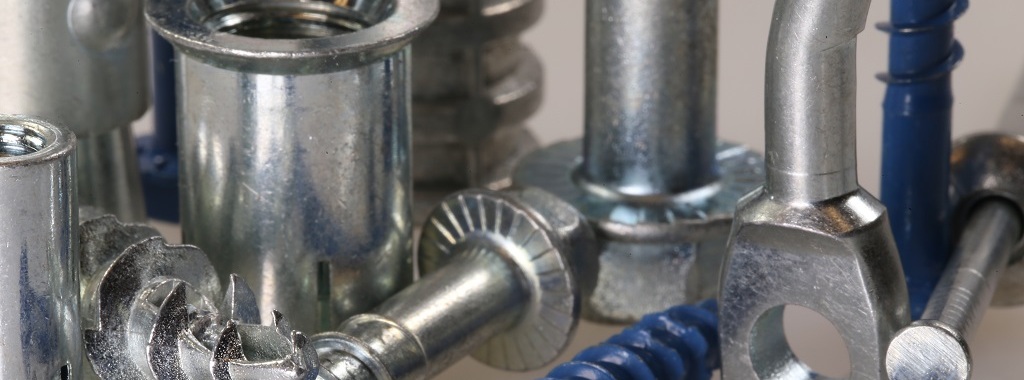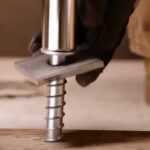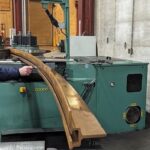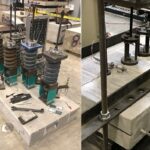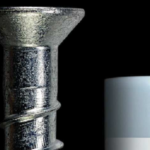There’s a saying in Chicago, “If you don’t like the weather, just wait fifteen minutes.” That’s especially true in the spring, when temperatures can easily vary by over 50° from one day to the next. As the temperature plunges into the blustery 30s one evening following a sunny high in the 80s, I throw my jacket on over my T-shirt, and I’m reminded that large swings in temperature tend to bring about changes in behavior as well. This isn’t true just with people, but with many materials as well, and it brings to mind a thermal process called heat treating. This is a process that is used on some concrete anchoring products in order to make them stronger and more durable. You may have heard of this process without fully understanding what it is or why it’s useful. In this post, I will try to scratch the surface of the topic with a very basic overview of how heat treating is used to improve the performance of concrete anchors.
According to the ASM Handbook: Heat Treating, heat treatment is a process of heating and cooling a solid metal or alloy in such a way as to obtain desired conditions or properties.1 In practical terms, metals (usually steel in the case of most concrete anchors) are heat treated in order to improve their properties in some way over their base condition. When steel wire is formed into the complex shapes of anchors during the manufacturing process, the steel needs to be soft and formable; however, it is often beneficial to the performance of the final anchor product to be much harder and stronger than the base steel from which it’s formed. That’s where heat treating comes into play. By heating and cooling soft steel in a controlled manner, changes are made to the crystal structure of the steel in order to improve mechanical properties such as hardness, toughness, strength or wear resistance. Although the steel undergoes very complex microstructural changes during the heat treatment process, the end result is fairly straightforward – the once soft steel becomes harder and stronger as dictated by the heat treating process. As concrete anchors become more and more complex in order to meet the needs of building codes and designers, heat treating is becoming a more common and necessary component of high-strength anchors.
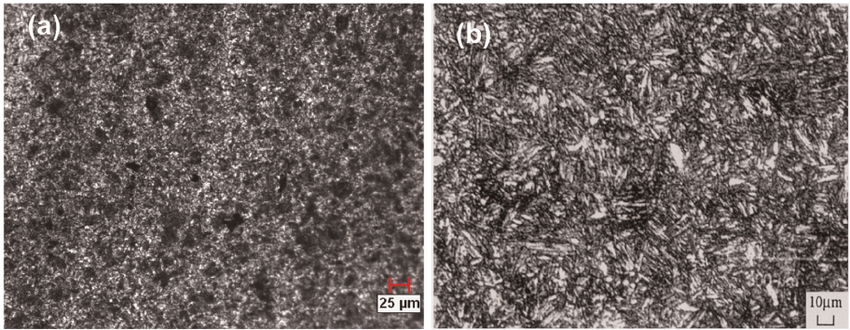
Depending on the desired results, there are many different types of heat treating processes that can be considered. The type of heat treatment and the parameters that are used can be customized for the steel type and the specific anchor application. There are several different types of heat treatments that are typically used for anchors. Two of the most common types are through hardening (also called neutral hardening) and surface hardening (also called case hardening).

Through hardening changes the mechanical properties (hardness, strength, ductility, etc.) of the steel without affecting its chemical composition. In order to alter the microstructure of the steel, it is heated in a furnace to a very high temperature, and then rapidly cooled, usually by submerging it in a liquid quench medium such as water or oil. This process will generally result in a very hard, but brittle material, so a secondary operation, called tempering, is employed after quenching. To temper steel, it is reheated to a lower temperature and then cooled in order to remove the stresses and brittleness created during the original quenching operation. Through hardening is useful where increased strength and toughness are required and surface wear isn’t a big concern, such as in our Crimp Drive® and split-drive anchors, setting tools for drop-in type anchors, high-strength all-thread-rod for adhesive anchors, and gas- or powder actuated fasteners. In order to effectively through harden an anchor, moderate levels of hardening elements must be present in the base steel, usually in the form of carbon. As the carbon content in the steel increases, so does the ability to harden it. The chemical composition of the steel along with the specific heat treating parameters will determine the level of hardness, strength and toughness of the final parts.
Surface hardening changes the hardness of the steel at the surface of the part by modifying the chemical composition of the steel at its surface only. This is done by altering the atmosphere in the heat treating furnace in order to get alloying elements, usually carbon, to diffuse into the surface of the steel. The increased carbon content increases the hardenability of the steel at the surface, but it can’t penetrate deeply into the steel, so a thin case forms around the surface of the steel with higher strength and hardness than the interior of the part. This creates parts that have high ductility throughout most of the interior, but that also have hard, wear-resistant surfaces. This type of heat treatment is useful in heavy-duty anchors where components of the anchors are sliding against each other during the setting process. It’s also useful in screw anchors, where the steel threads need to be very hard and wear resistant in order to cut into the concrete, but the ductility of the anchor must be maintained in order to avoid brittle failures in service. Just as with through hardening, there are many variations of surface hardening used in anchors, depending on the specific application.
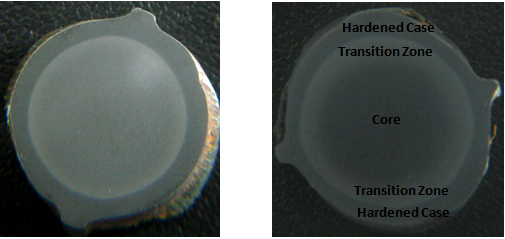
By using these two processes along with other heat treating processes, we are able to expand our ability to meet the higher demands placed on anchors in an industry that continues to evolve. As heat treating and steel chemistry continue to innovate, we will continue to use these developments to provide our customers with No-Equal concrete anchors that meet our high standard for performance and safety.
Mechanical Anchors
From complex infrastructure projects to do-it-yourself ventures, Simpson Strong-Tie offers a wide variety of anchoring products to meet virtually any need.
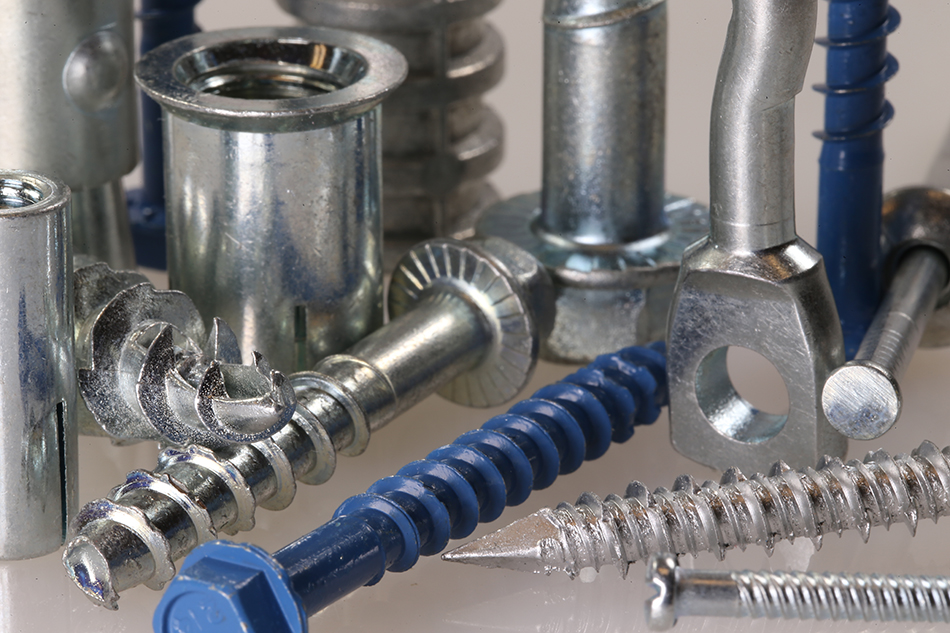
1 Lampman et al. (1997). ASM Handbook: Heat Treating. Materials Park, OH: ASM International.
2 “Microstructure of the AISI 4340 Steel.” Digital Image. Research Gate, n.d. Web. 14 June 2017 https://www.researchgate.net.
3 “Heat Treat Furnace.” Digital Image. ThomasNet Web Solutions, n.d. 14 June 2017 http://www.morganohare.com/heat-treating.html.
4 “Macrographs Showing Case Depth of Steels.” Digital Image. Science and Education Publishing Co. Ltd, n.d. 14 June 2017 http://pubs.sciepub.com.

